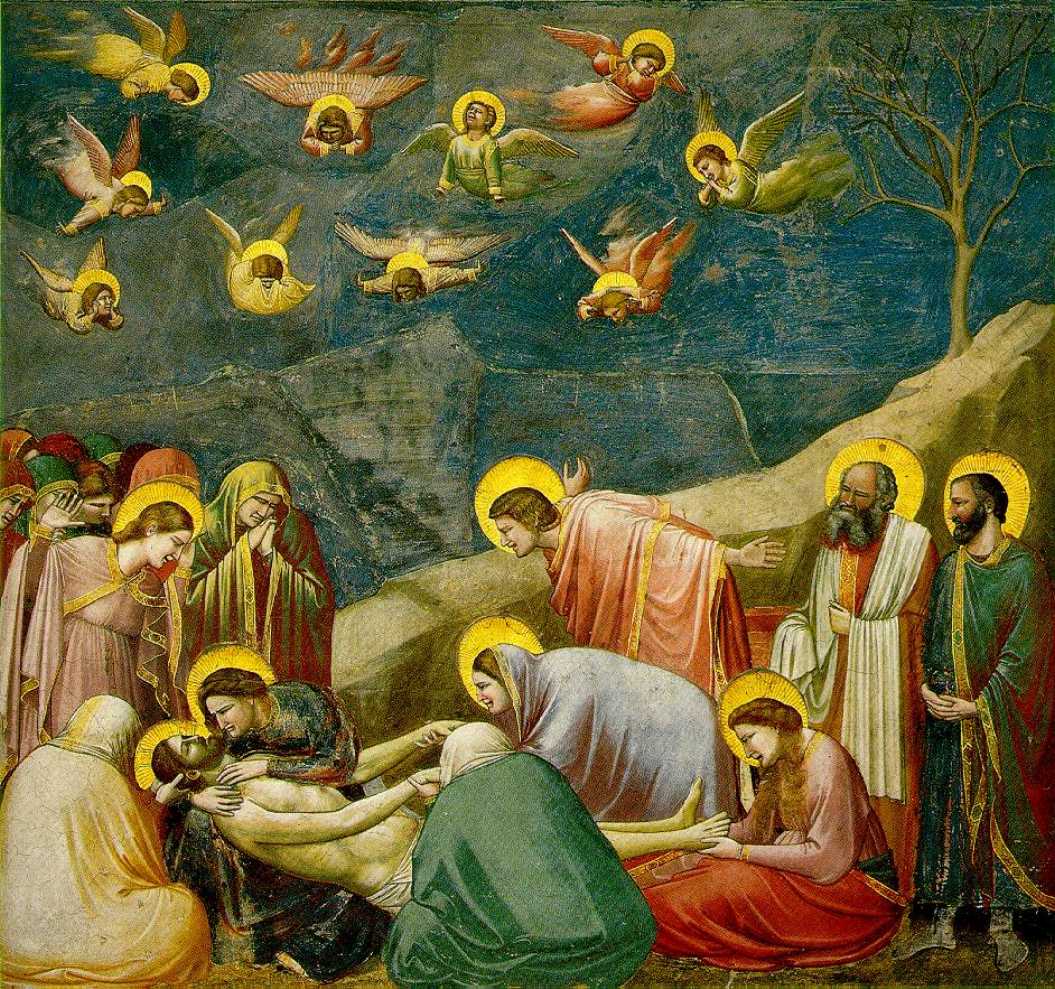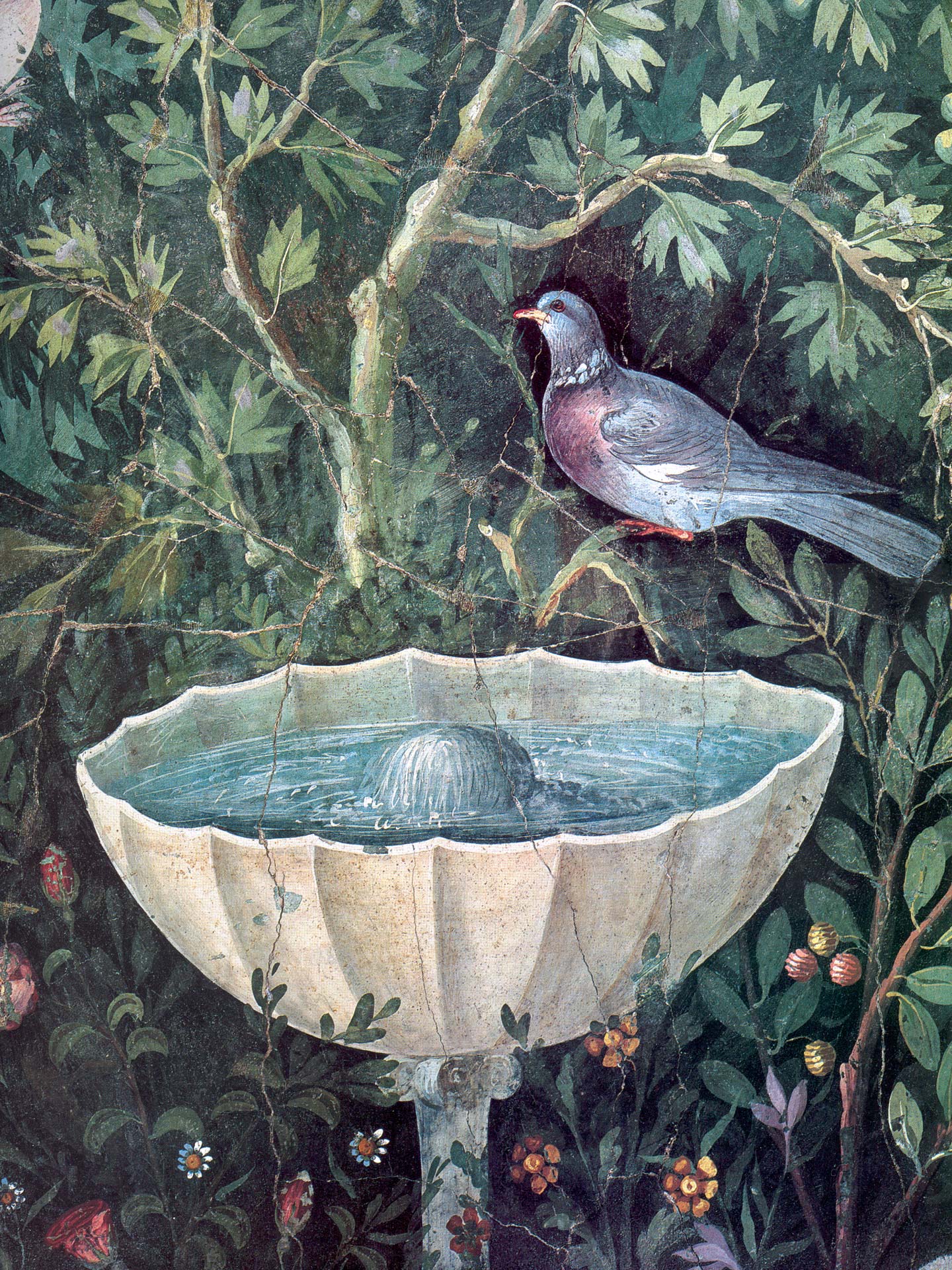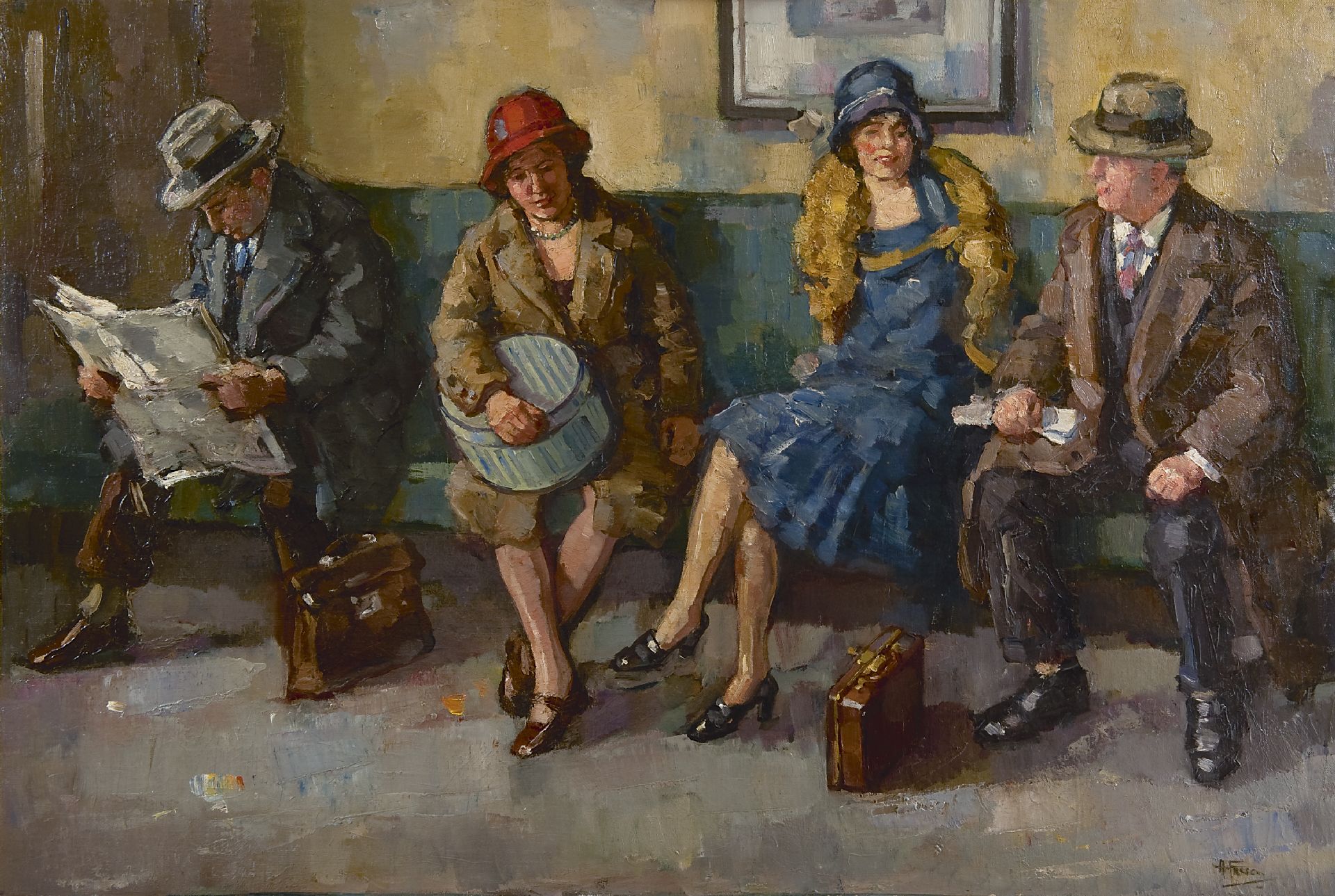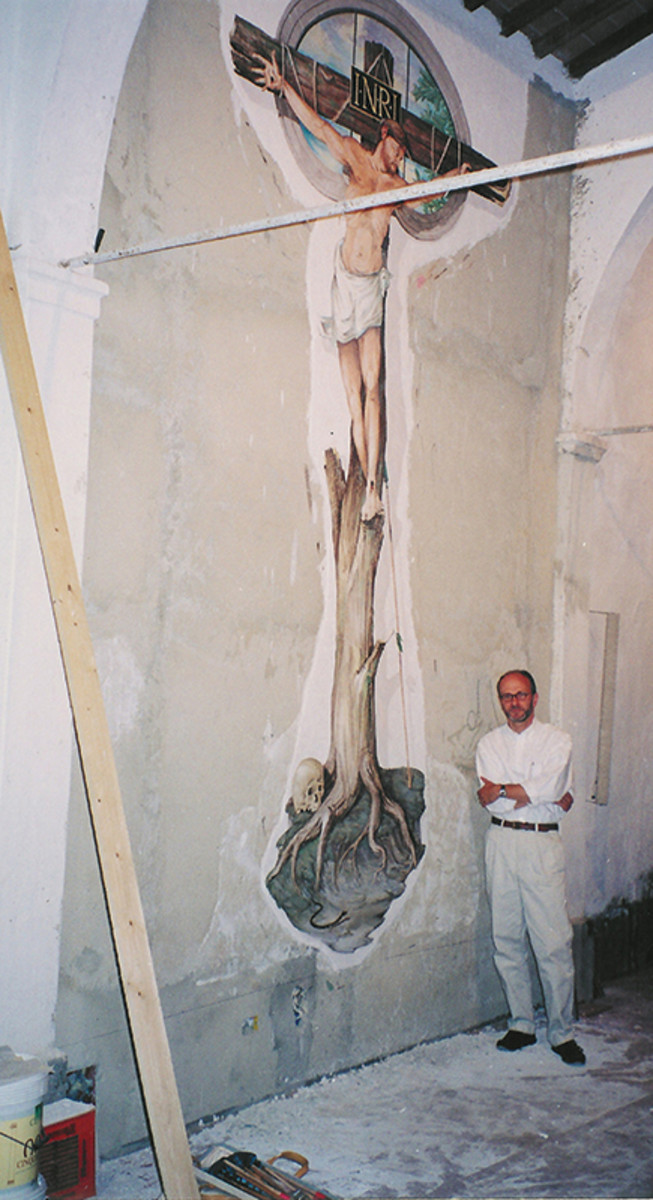Fresco Painting. Try an exceptional digital painting and drawing experience for stylus and touch devices. A fresco painting is a work of wall or ceiling art created by applying pigment onto intonaco, or a thin layer of plaster.

Realism, color harmony, and symmetry became once again important in art. We take pride in customer satisfaction and high quality work. Fresco is a form of mural painting used to produce grand and often beautiful works on plaster.
You will notice that the plaster will instantly combine with the water and become a thicker mixture. Something I learned is that fresco means "fresh," and fresco paintings are made by painting directly onto fresh plaster. The word "fresco" means "fresh" in Italian.
Fresco Painting is a technique that we associate with large scale murals. The painting is done rapidly in watercolors so the colors penetrate the plaster and become fixed as it dries. Something I learned is that fresco means "fresh," and fresco paintings are made by painting directly onto fresh plaster.
Fresco paintings out-survive almost every other medium.
In contemporary art, the term "fresco" denotes wall painting, regardless of the technique, in which it is performed.
The colors can thus be absorbed by the wet plaster. Through videos and slides, we learned about exactly what a fresco is and went through the process of how they are made. This is just enough time for the plaster to dry to the consistency you'll need for fresco painting.
This is just enough time for the plaster to dry to the consistency you'll need for fresco painting. The Renaissance ushered in a new appreciation of beauty in nature as well as looking towards ancient sources from Greece and Rome for inspiration. Pour the ingredients into a bowl and begin to stir with your mixing tool.
Through videos and slides, we learned about exactly what a fresco is and went through the process of how they are made. The word fresco comes from the Italian word fresco, which is part of the expression dipingere un fresco to paint on plaster. Their pigments probably have been preserved by a natural sinter.
We talked about frescoes in Pompeii, which is also brought up in the Khan Academy article that I. Can I follow a Bob Ross oil painting lesson using oil Live Brushes in Adobe Fresco? Fresco is a technique of mural painting made on freshly laid ("wet") lime plaster.
You will notice that the plaster will instantly combine with the water and become a thicker mixture. Using the fresco secco technique meant to paint on a dry plaster surface with pigments bound to the surface itself with a subtance, usually caseine or glue. Realism, color harmony, and symmetry became once again important in art.
Adobe Fresco is a powerful drawing app with the world's largest digital brush collection.
The painting is done rapidly in watercolors so the colors penetrate the plaster and become fixed as it dries.
Fresco painting is ideal for making murals because it lends itself to a monumental style, is durable, and has a matte surface. Realism, color harmony, and symmetry became once again important in art. It is a skill that dates back to Classical Antiquity but reached its peak as an art form during the Italian Renaissance.
Fresco Painting is a technique that we associate with large scale murals. Using the fresco secco technique meant to paint on a dry plaster surface with pigments bound to the surface itself with a subtance, usually caseine or glue. Fresco painting was founded in Charmichael, CA.
One of the most famous examples is the Sistine Chapel. Fresco (Italian: "fresh") is the traditional medium for painting directly onto a wall or ceiling. The rough surface increases the durability of secco, but these frescos are more vulnerable to dampness than buon techniques.
At creating a classic fresco, the pigments should be resistant to alkaline reactions. The Renaissance ushered in a new appreciation of beauty in nature as well as looking towards ancient sources from Greece and Rome for inspiration. Fresco (it. affresco — fresh) is a technique for wall painting on wet plaster, as opposed to the secco or fresco secco technique, in which paints are applied to an already dried plaster wall.
At creating a classic fresco, the pigments should be resistant to alkaline reactions. Fresco (it. affresco — fresh) is a technique for wall painting on wet plaster, as opposed to the secco or fresco secco technique, in which paints are applied to an already dried plaster wall. A fresco painting is a work of wall or ceiling art created by applying pigment onto a thin layer of plaster still wet when the paint is applied.
The Renaissance ushered in a new appreciation of beauty in nature as well as looking towards ancient sources from Greece and Rome for inspiration.
They include religious imagery such as the Sistine Chapel.
The word fresco (Italian: affresco) is derived from the Italian adjective fresco meaning "fresh", and may. Painting done on freshly laid wet plaster with pigments dissolved in lime water. Watch as we cover the materials of traditional lime plaster, its mixing, and its application to the wall.
As both dry they become completely integrated. Using the fresco secco technique meant to paint on a dry plaster surface with pigments bound to the surface itself with a subtance, usually caseine or glue. One of the most famous examples is the Sistine Chapel.
These early examples of fresco painting are testimony of the long and varied history. Realism, color harmony, and symmetry became once again important in art. The word fresco comes from the Italian word fresco, which is part of the expression dipingere un fresco to paint on plaster.
They did a great job painting my room and were very professional, friendly, and responsive.
The term fresco art describes the method of painting in which color pigments are mixed only with water, thus, no binder is used, and then applied directly to a freshly applied lime and plaster base.
Pour the ingredients into a bowl and begin to stir with your mixing tool. Fresco painting is ideal for making murals because it lends itself to a monumental style, is durable, and has a matte surface. Buon, or "true," fresco is the most durable technique and consists of the following process.
The Renaissance was a return towards the ideals of Greek and Roman art. At creating a classic fresco, the pigments should be resistant to alkaline reactions. As both dry they become completely integrated.
Their pigments probably have been preserved by a natural sinter. We take pride in customer satisfaction and high quality work. The rough surface increases the durability of secco, but these frescos are more vulnerable to dampness than buon techniques.
Fresco (it. affresco — fresh) is a technique for wall painting on wet plaster, as opposed to the secco or fresco secco technique, in which paints are applied to an already dried plaster wall. Three successive coats of specially prepared plaster, sand, and sometimes marble dust are troweled onto a wall.. Fresco is a technique of mural painting made on freshly laid ("wet") lime plaster.
















